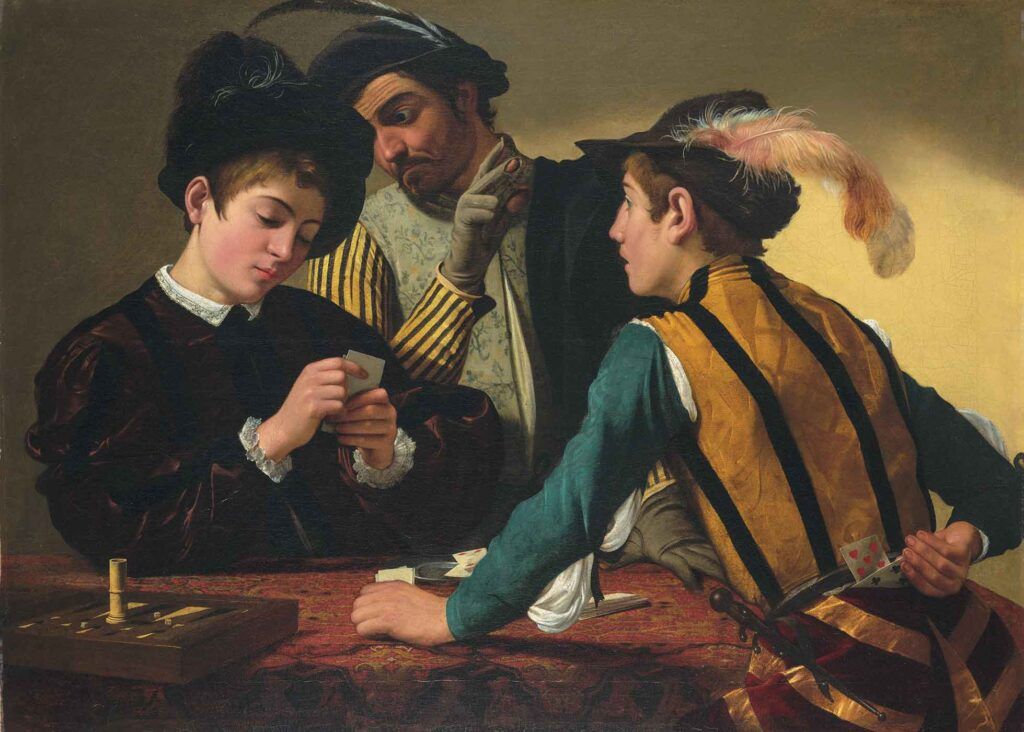Experience the Masterpieces of Caravaggio at Palazzo Barberini in Rome
Get ready for a once-in-a-lifetime opportunity to witness the brilliance of Baroque master Caravaggio at the upcoming exhibition at Palazzo Barberini in Rome, running from 7 March to 6 July.
This exhibition, hailed as one of the most significant and ambitious showcases of Caravaggio’s work, coincides with the Vatican’s Jubilee Year, making it a must-see event for art enthusiasts.
Featuring an extraordinary collection of paintings by Michelangelo Merisi da Caravaggio, the exhibition will include loans from prestigious national and international collections, along with two rediscovered masterpieces being displayed together for the first time.
Curated especially for the 2025 Jubilee Year, this exhibition aims to shed light on how Caravaggio, with his innovative style, influenced the artistic, religious, and social landscape of his time.
“Caravaggio 2025” a cura di Francesca Cappelletti, Maria Cristina Terzaghi, Thomas Clement Salomon.
7 marzo – 6 luglio 2025
Biglietti in prevendita al sito: https://t.co/SKfVWbpd5p @intesasanpaolo pic.twitter.com/KTLSUtR5ho
— Gallerie Nazionali Barberini Corsini (@BarberiniCorsin) January 23, 2025
The exhibition will showcase Caravaggio’s celebrated works, as well as lesser-known paintings, emphasizing the power and modernity of his artistry.
Don’t miss the chance to see iconic pieces like the Portrait of Maffeo Barberini and Caravaggio’s last painting, The Martyrdom of Saint Ursula, among others, all under one roof.

The exhibition will also reunite three works commissioned by the banker Ottavio Costa, showcasing Caravaggio’s diverse range of themes and styles throughout his career.
Titled Caravaggio 2025, this exhibition will take you on a journey through the artist’s evolution, highlighting his dramatic use of chiaroscuro and unique storytelling.
For more information and ticket details, visit the Palazzo Barberini website.
Cover image: Caravaggio (Michelangelo Merisi) Giuditta e Oloferne 1598-1602. Gallerie Nazionali di Arte Antica – Palazzo Barberini. Credit: Gallerie Nazionali di Arte Antica, Roma (MiC) – Bibliotheca Hertziana, Istituto Max Planck per la storia dell’arte / Enrico Fontolan.



